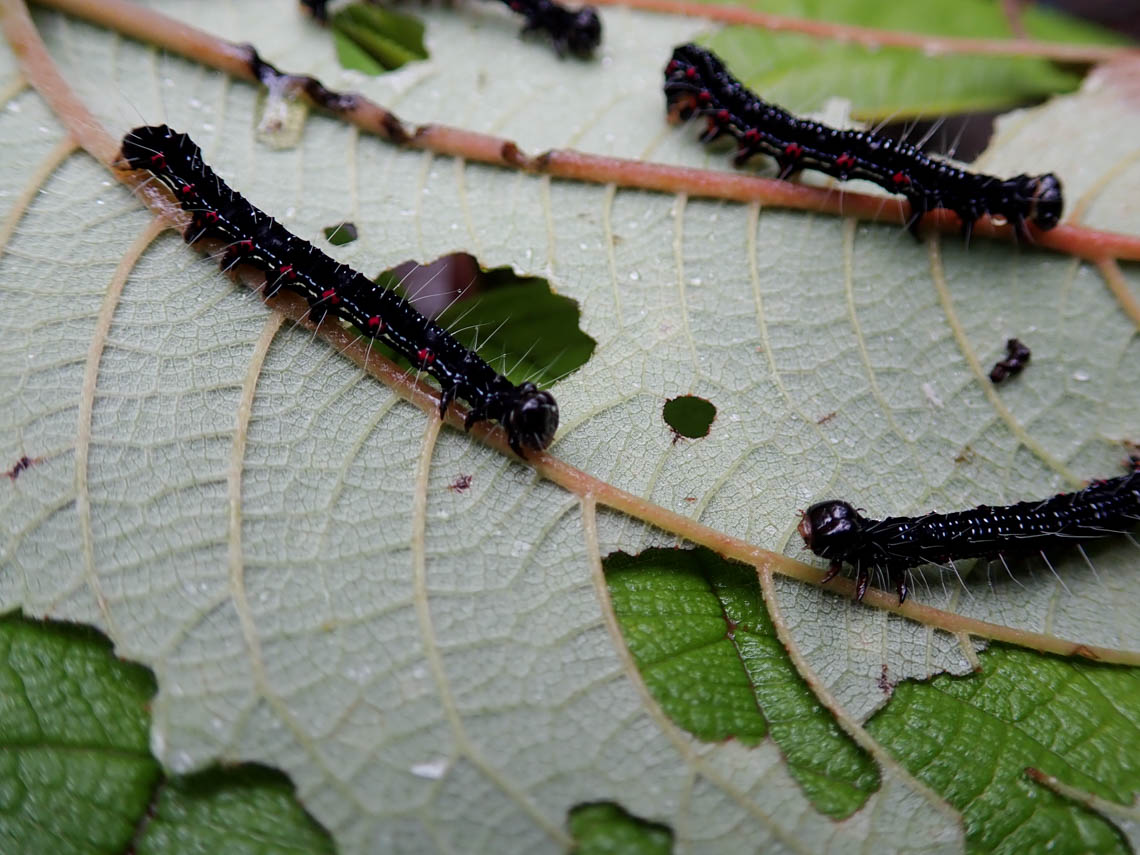In 2018, an invertebrate biologist discovered an unfamiliar black caterpillar feeding on a māmaki plant in Olowalu Valley. Experts confirmed…
Read More
mamaki
Protecting Māmaki From Invasive Species
The Kamehameha butterfly, the state insect of Hawaiʻi, is found nowhere else in the world and neither is the plant…
Read More


